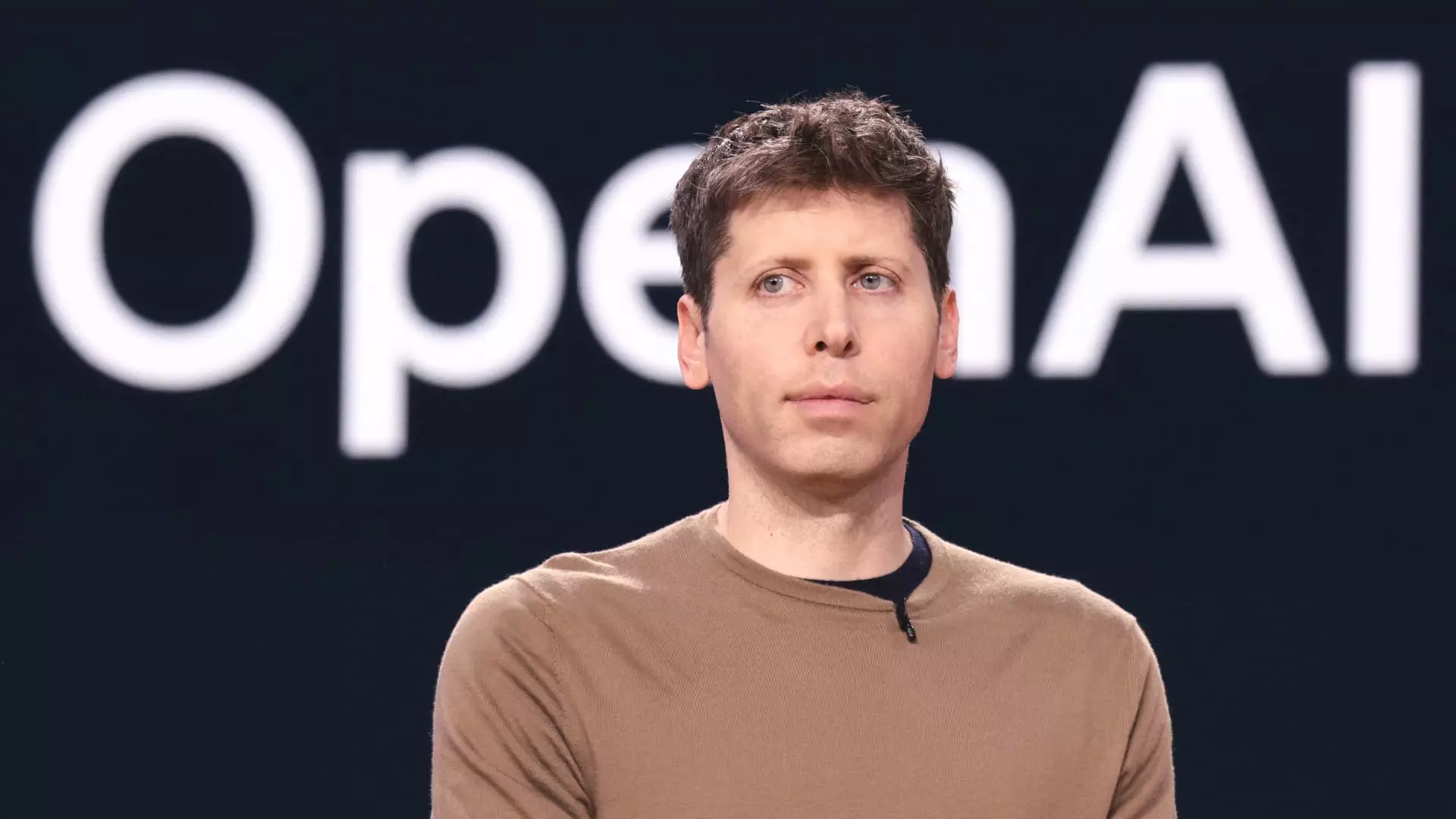OpenAI, a frontrunner in artificial intelligence innovation, has recently taken significant steps to enhance the governance of its safety and security measures. In response to rapid growth and the mounting complexities that accompany such a trajectory, the organization has announced its Safety and Security Committee will now operate as an independent oversight board. This monumental move comes on the heels of scrutiny regarding the company’s security protocols and operational transparency.
The decision to elevate the Safety and Security Committee into an independent board reflects OpenAI’s commitment to responsible AI deployment. Chaired by Zico Kolter—who leads the machine learning department at Carnegie Mellon University—this independent body consists of notable figures from diverse backgrounds. These include Adam D’Angelo, co-founder of Quora, former NSA chief Paul Nakasone, and Nicole Seligman, ex-executive vice president at Sony. Such a multi-faceted group brings a wealth of experience and insight essential for overseeing complex safety protocols associated with AI development.
Moreover, this committee is not merely symbolic; it has concrete responsibilities. According to OpenAI, it will provide supervision over the critical safety and security processes shaping the deployment of their technology. This oversight is crucial for addressing the nuanced challenges that arise in modern AI applications, especially as concerns about AI safety swell in the public discourse.
Following a meticulous 90-day review of its internal processes, OpenAI has identified key areas for improvement. The independent committee forwarded five essential recommendations that aim to fortify the company’s governance on safety measures. Among these suggestions are the establishment of independent governance structures, heightened security protocols, improved transparency concerning operations and developments, collaboration with external entities, and a unified framework for safety across the organization. Such steps indicate a proactive approach in confronting contemporary challenges within AI development.
Furthermore, the committee’s release of findings as a public blog post symbolizes OpenAI’s shift toward enhanced transparency—an element that many critics have urged for in recent months. This openness stands in stark contrast to prior perceptions of the company being insular and unaccommodating to external scrutiny. The transformation signifies a resonates change from a closed ethos toward one that acknowledges the necessity of community engagement and public trust.
Despite the strides being made in governance and oversight, OpenAI is not without its controversies. Rapid growth, especially following the launch of GPT-3, has given rise to both public enthusiasm and internal dissent. Employees have raised serious concerns regarding the pace at which the company is evolving, suggesting that decisions are being made without due consideration of their ramifications.
This apprehension is echoed by a July letter penned by Democratic senators directed at OpenAI CEO Sam Altman, probing the company’s strategies for managing rising safety concerns. Furthermore, a cohort of OpenAI employees—current and former—published an open letter criticizing the deficient oversight mechanisms and lack of whistleblower protections. These calls for reform highlight a growing chorus urging the company to ground its ambitious objectives within a robust ethical framework.
As OpenAI forges ahead, the new independent board and its findings will likely play a pivotal role in how the company navigates the turbulent waters of AI development. By integrating a more rigorous safety oversight model, OpenAI aims to regain the trust of stakeholders and mitigate risks inherent in expanding technological capabilities.
Nevertheless, the pathway forward remains fraught with challenges. The recent departure of top officials from a team dedicated to addressing long-term AI risks underscores the persisting tensions within the organization. Such upheavals must be addressed transparently to ensure that OpenAI can continue to function responsibly amid its increasing influence in society.
OpenAI stands at a crossroads where its governance decisions will not only define its operational integrity but also shape the future of responsible AI development. The establishment of an independent oversight body is a promising stride towards that goal, although ongoing scrutiny and adaptation will be imperative for sustained trust and safety in its technological advancements.


Leave a Reply